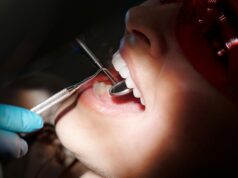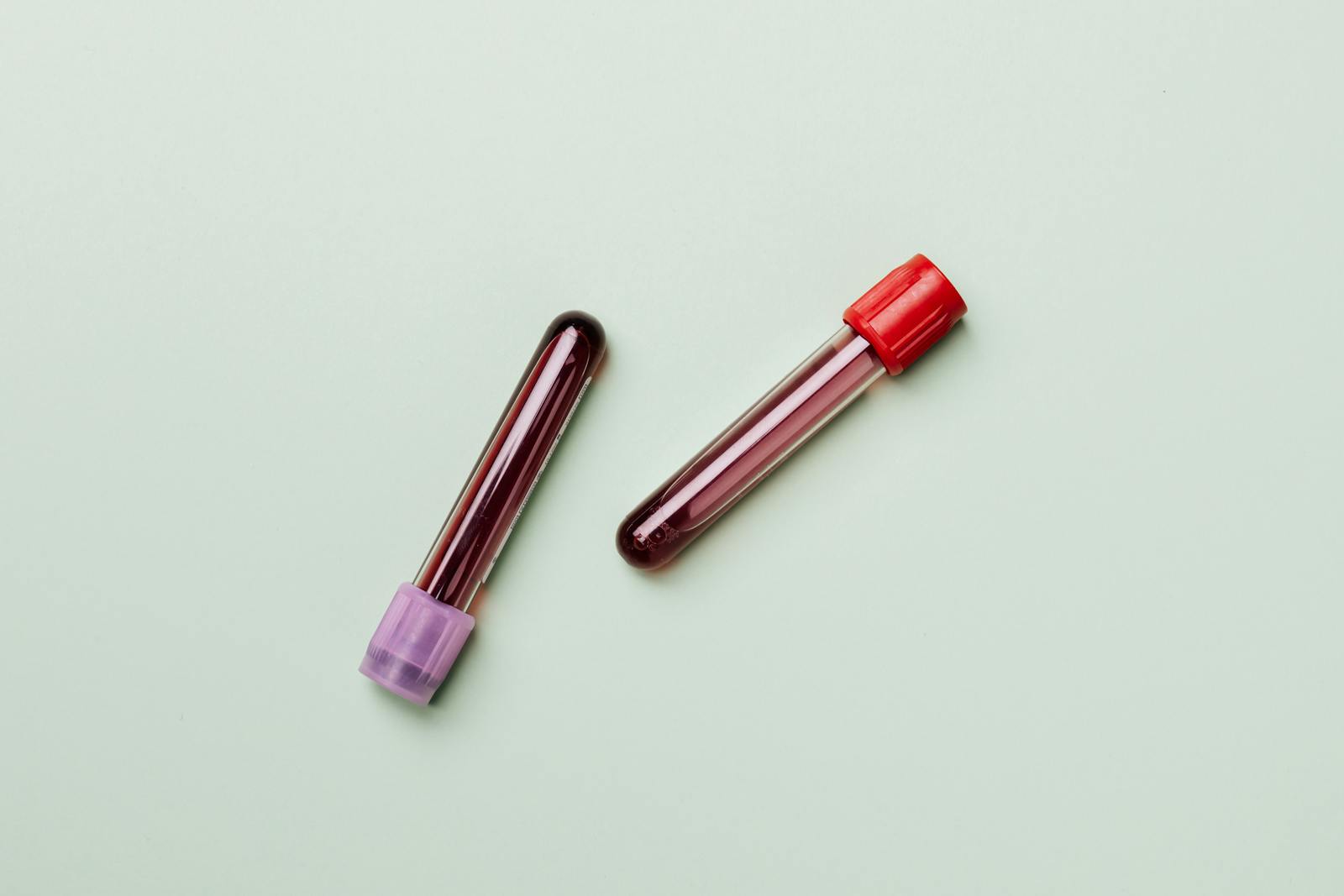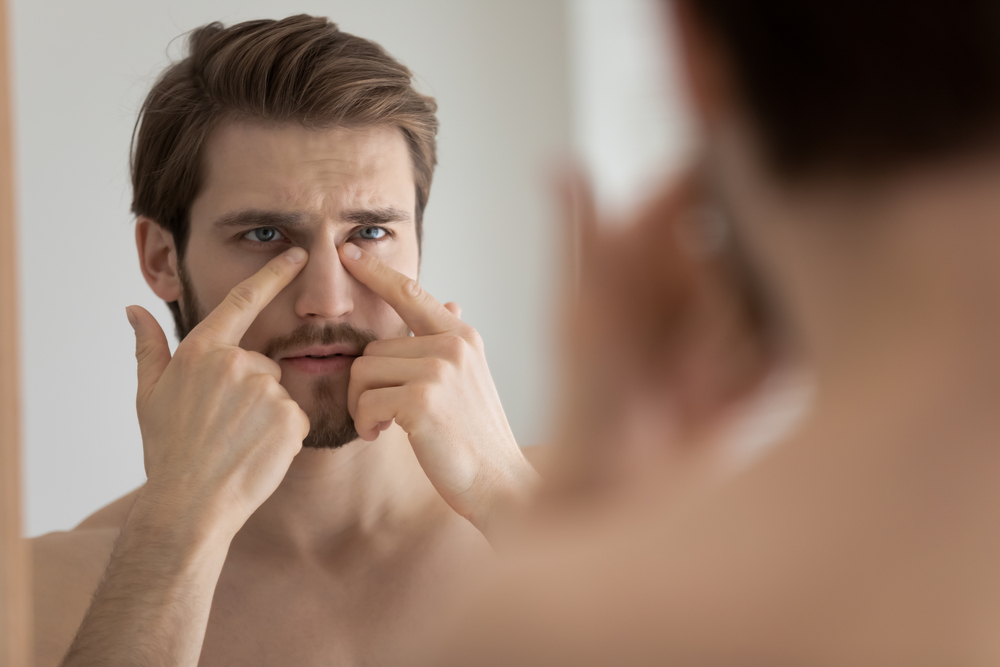 The aesthetic industry is constantly growing at a rapid pace, from the number of treatments being performed, to the new and advances in technology, as well as the number of those wanting to work in the industry. Julie Brackenbury (pictured) comments on what she thinks will be the main changes in the ever evolving discipline of aesthetic medicine in 2026.
The aesthetic industry is constantly growing at a rapid pace, from the number of treatments being performed, to the new and advances in technology, as well as the number of those wanting to work in the industry. Julie Brackenbury (pictured) comments on what she thinks will be the main changes in the ever evolving discipline of aesthetic medicine in 2026.
Cosmetic surgery V non-surgical procedures
It is not uncommon knowledge that with the new technology available on the market, cosmetic invasive surgery could see figures dramatically decline over the next decade. Statistics released from the British Association of Aesthetic Plastic Surgeons in 2015 revealed that that cosmetic surgical procedures had decreased by 9% overall since 2013, with some procedures falling considerably more out of favour than others. Interestingly, those procedures on the up the up for men and women combined were face/neck Lift, breast reduction and liposuction. At the time, Michael Cadier, consultant plastic surgeon and BAAPS President commented that from these statistics; “the message to the aesthetic sector is clear: patients want subtle and understated – most refreshingly, they are doing their research, taking their time and coming to us with realistic expectations”. However, as a non-surgical specialist, this does not always match the culture of the consumer seeking anti-aging injections and treatment.
The frown of downtime
In the fast paced society we live in today, where downtime is quite literally frowned upon and simply out of the question for most, men and women across the UK are seeking cheaper, less invasive alternatives to maintain their youth. Soon, the scalpel will be seen as an old school practice and to some, it already is, whilst completely non-invasive, non-surgical alternatives are constantly being developed. Of course, there will always be a place for aesthetic plastic surgery, but it would be reasonable to suggest that over the next few generations, as people start to look younger with non-surgical procedures from an earlier age than in previous generations, going under the knife may not be required for some.
Evidence -based research and practice
Traditional surgical procedures being are replaced by non-surgical options such as advanced cannuale and threading techniques, lasers, radiofrequency and medical skin line products, with potent ingredients that are far more effective in comparison to over the counter products. In addition, from a non-surgical body perspective, we are also seeing more non-invasive skin tightening and fat reduction technologies improving. The predictable and consistent results they achieve in the future will ultimately reduce the demand for surgical procedures. However, this efficacy should rely on evidenced based research to procedure long-term credibility. Currently, we are a bit behind the times with this and need to be making aesthetic clinical research a priority, especially if we still want to be perceived as the experts in the industry.
Increase in the aesthetic work force
Julie predicts that more nurses and doctors will be joining the industry, as well as unqualified personnel. Unfortunately, the link between earnings and aesthetic practice can give rise to concern, causing some us to question the ethics of those in the industry. As professionals, we will really need to be ensuring that our practice clearly differentiates between that of unqualified personnel.
If we are looking at what aesthetic medicine will look like in ten years’ time, we need to be looking at what the advances in social media will be like
The demand for aesthetic treatments has been driven by a wide range of social, economic and technological factors. Treatment interventions have now been normalised and will continue to do so. If we are going to look at the future of aesthetic medicine, we need to consider the future of social media, and that is another article in itself. It seems that the both, dare it be said, do seem to go hand in hand. A 2013 report from the American Academy of Facial Plastic and Reconstructive Surgery proves this. It claimed that “33 percent of surgeons have seen an increase in requests for plastic surgery as a result of patients being more self-aware of their looks because of social media.” Therefore, it should come as no surprise that the explosion of platforms designed to circulate one’s image to hundreds, thousands, or millions of people at a time would create a somewhat immediate rush to correct any perceived flaws. Least not forget, that there are tools to “edit” and “tweak” the selfie and social media continues to dominate more and more of the cultural discourse, which could lead to an even bigger demand for artificial enhancements to the human body as well as other treatment. Experts predict that the future of social media will be on a more virtual platform and next level reality. Take this and then combine it with for example, an advanced tool to demonstrate what one’s can appearance can look like post a cosmetic procedure, as well as being able to show this to the world – we could be heading for a society that becomes far more demanding, and managing expectation could become a case of managing the designer face and body selfie devised by advanced technology.
Psychological aspects
With the estimated continuous rise of overall body dissatisfaction within the population, it is likely that more diagnoses of body dysmorphic disorder will increase and require intervention. With the cross-over of social media and the need for perfection, we are heading down a very slippery slope which should cause us concern for our future generations.
Rise in litigation
There is no doubt that as the public demand increases for cosmetic procedures, so will litigation. The problem we have is that non-surgical cosmetic procedures tend to be less expensive than the surgical equivalent, and are viewed by many as having fewer associated risks and quicker results. That said, as with any type of procedure, there are potential risks.
Conclusion
With an aging population, pressure to look youthful and a reduction in the stigma around cosmetic procedures, the growth of the profession and industry only looks set to increase. Let’s be prepared and start raising our professional presence and continue to address the important issues with immediate effect.












